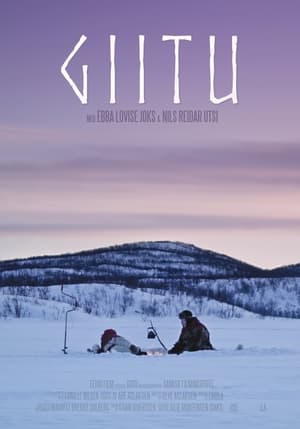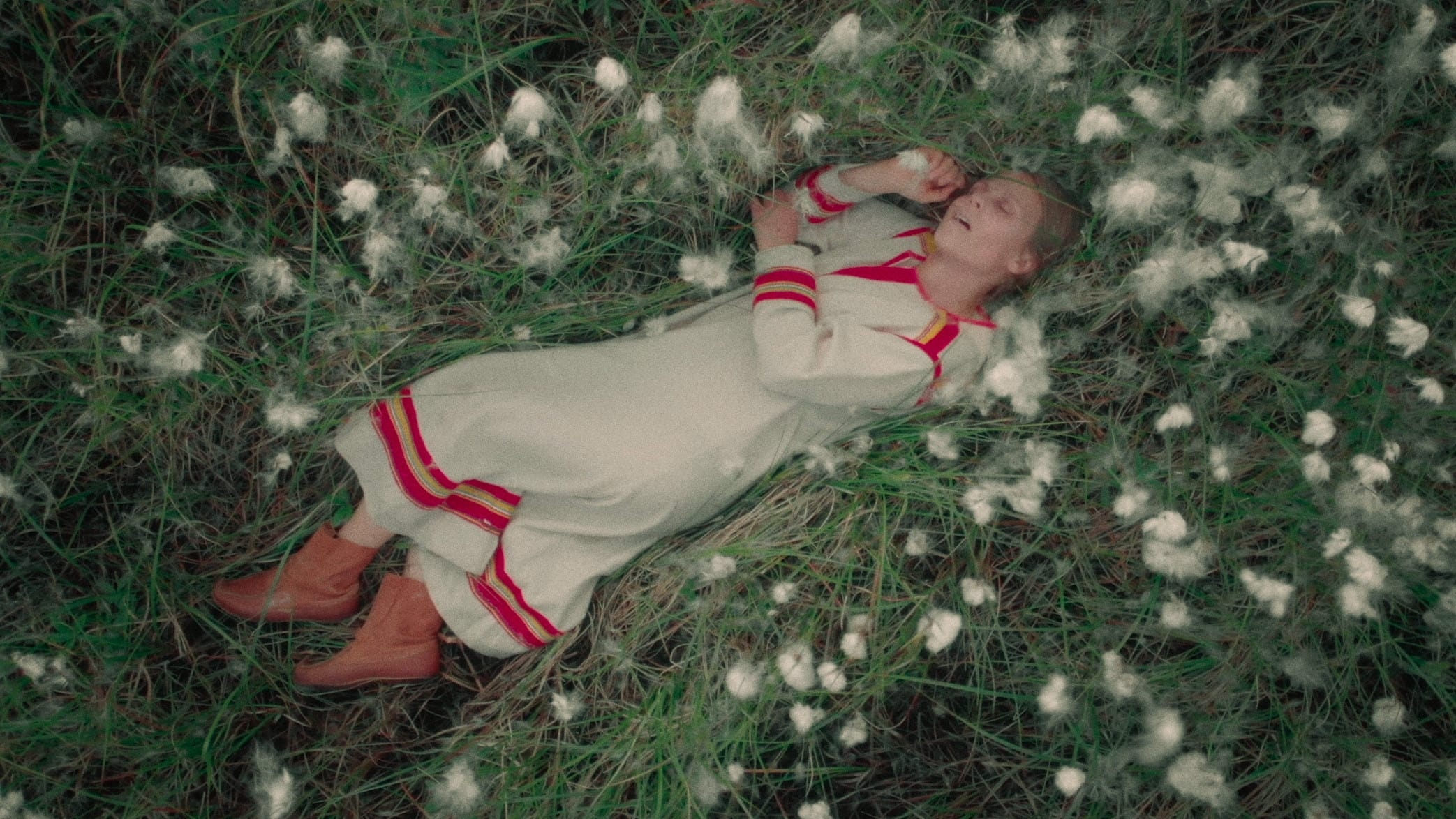
Sire and the last summer
Top 8 Billed Cast
Elle
Heikka
Similar Movies
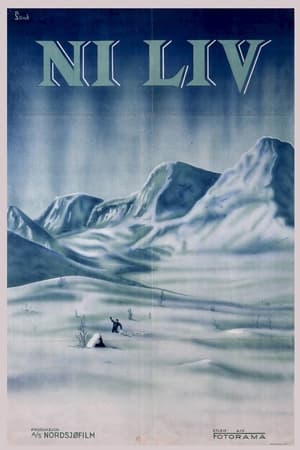 7.0
7.0Nine Lives(no)
The movie takes place during World War II and depicts the true story of Jan Baalsruds amazing escape from the German army from the coast of Northern Norway and across the border to the neutral country Sweden.
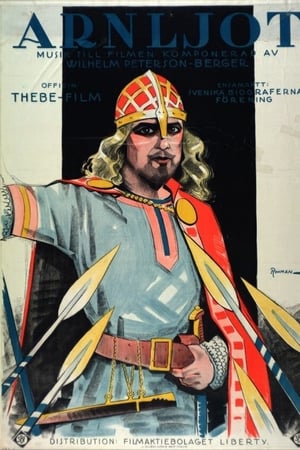 0.0
0.0Arnljot(sv)
The year is 1025 and Arnljot Sunvisson has returned home after a long journey to find that his betrothed has married another.
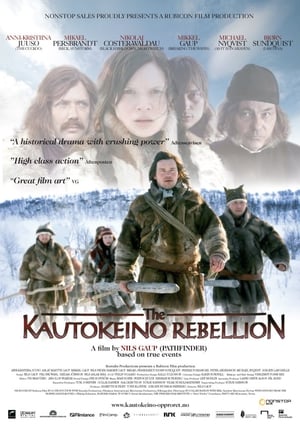 6.0
6.0The Kautokeino Rebellion(no)
Religious and cultural reawakening inspires rebellion in a 19th century Norwegian village.
 0.0
0.0My Fathers' Daughter(se)
Elvira, a confident Sámi teenager, firmly believes that her lesbian single mother conceived her at a Danish fertility clinic. She often daydreams about her father, envisioning him as a charismatic movie star. However, her world is turned upside down when her real biological father unexpectedly steps into her life.
 6.2
6.2Stolen(sv)
A young woman struggles to defend her Sámi heritage in a world where xenophobia is on the rise, climate change is threatening reindeer herding, and young people choose suicide in the face of collective desperation.
 0.0
0.0När vi var samer(se)
When Mats' grandfather dies the family opens a wooden box containing evidence of the family's Sami heritage. Why has this been kept secret? Why did they stop being Sami? And why do they know so little about their history?
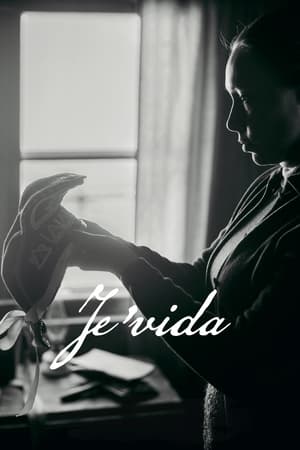 6.8
6.8Je'vida(fi)
Iida, an elderly Sámi woman, who has abandoned her roots under the pressure of forced Finnishization, is conflicted between selling her old homestead and hiding her cultural heritage from her niece, as the rural way of life she has suppressed begins to creep back in.
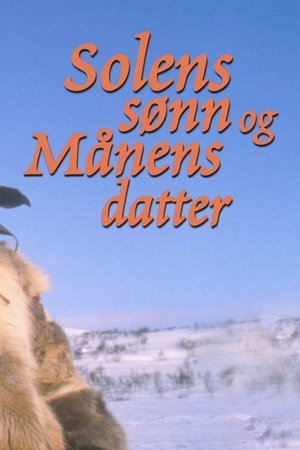 0.0
0.0Solens sønn og månens datter(no)
Birte from Aursfjord, a strong-willed young woman with extraordinary psychic abilities, falls in love with a Sámi, but is forced to marry a local man.
 4.0
4.0I brist på bevis(sv)
A drama about the manager Håkan Dahlin who has just been discharged from a clinic where he was treated for his alcoholism. In an outbreak of jealousy, Dahlin abuses his wife Inga and after that he is forcibly interned again. Inga is a nurse and she is now moving to a mountain village to work at a district clinic. During an emergency visit, she encounters her childhood sweetheart, the doctor Gunnar, and old feelings between them begin to flare up again.
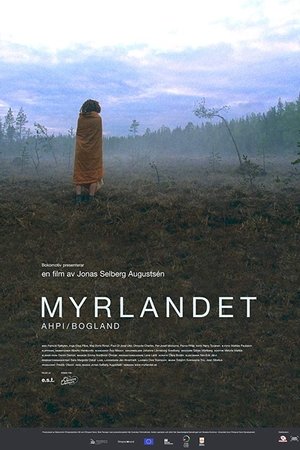 9.0
9.0Bogland(se)
Why are gooseberries so much more valuable than deer trees and why did the Sami men lay naked on the marsh in the past? How do you respond to a mock execution and what is actually panic attack? Ella and Moa are two girls with more questions than answers and during a summer night they approach a little cautiously of their Sami origin. —Jonas Selberg Augustsén
 7.2
7.2Let the River Flow(se)
During summer 1979, Ester moves to Alta in Northern Norway to begin teaching at an elementary school. Like many Sámi at the time, she is ashamed of her heritage and conceals her ethnicity. Ester goes to great lengths to fit in, even joining in with the derogatory jokes. When her cousin Mikkhal takes her to a camp by the Alta River, where people are demonstrating against the building of a dam, Ester learns how the fight for the river is also a revolt against the years of brutal racism and discrimination against her people. After a major confrontation with the police, Mikkhal and some other Sámi decide to go to Oslo to hunger strike in front of the Parliament. Knowing what is at stake, Ester realises it is time to make a stand…
 7.0
7.0Eatnameamet – Our Silent Struggle(fi)
The AssimiNation is a political pamphlet portraying the indigenous Sámi people fighting for their existence. The film follows the on going cultural genocide of the Sámi which the current Governmental politics allow. This film is a cry for help for the last indigenous people living in the EU.
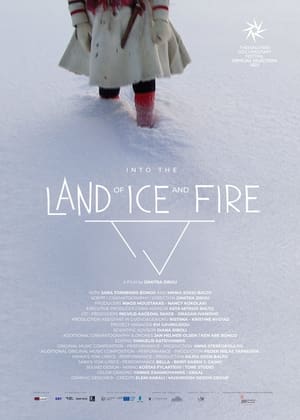 0.0
0.0Into the Land of Ice and Fire(se)
Two parallel stories are gradually unfolding the everyday life of two very different persons - that of 86-year-old Sara and 7-year-old Mihka - both residing in Guovdageaidnu - Kautokeino, in the middle of the Norwegian arctic tundra, through the drastic change of the arctic seasons and the passage from the long winter’s darkness to the never-ending light of the summer season.
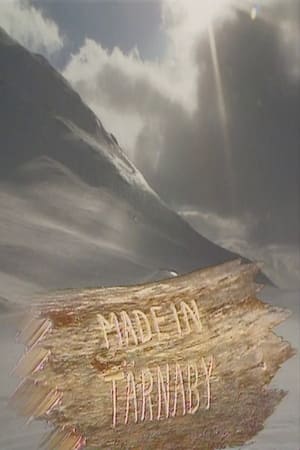 0.0
0.0Made in Tärnaby(sv)
Follows Astrid & Sune as they show techniques and methods of sami handcraft.
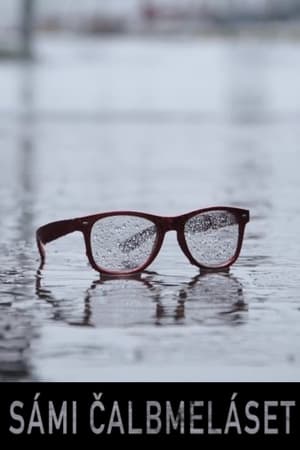 0.0
0.0Sami glasses(en)
A man finds some glasses on the ground. When he puts them on he is transported into a Sámi world.
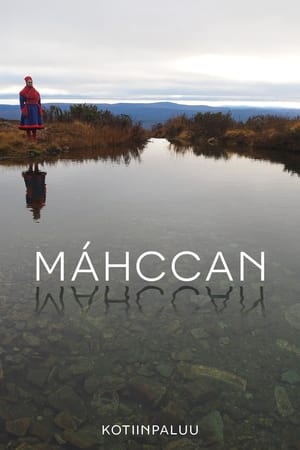 8.5
8.5The Homecoming(fi)
Sámi artefacts from the Finnish National Museum are returning home to Sápmi, while the holy drums of the Sámi people are still imprisoned in the basements of museums across Europe. The returning objects symbolise the dignity, identity, history, connection to ancestors and a whole world view that was taken from the Sámi people. Director Suvi West takes the viewer behind the scenes of the museum world to reflect on the spirit of the objects, the inequality of cultures and the colonialist burden of museums.
 10.0
10.0The Threat(sv)
On Saturday, April 26, spring came to Sweden. That same day, Chernobyl nuclear power plant exploded. Bringing mild winds to Scandinavia. Sweden suffered heavily of radioactive poison.
Kaisa's Enchanted Forest(fi)
Examines the extraordinary lifelong friendship between Skolt Sámi storyteller Kaisa Gauriloff and the Swiss-Russian author Robert Crottet through the eyes of Gauriloff’s great-granddaughter Katja.
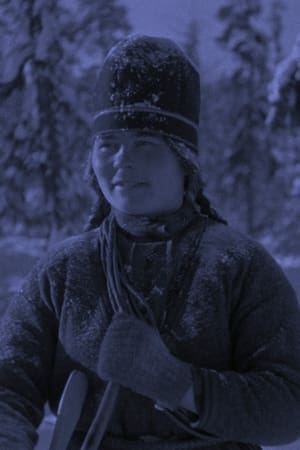 6.0
6.0With Reindeer and Sled in Inka Länta’s Winterland(sv)
Everyday wintertime life of Sámi reindeer herder Inka Länta and her family, mingling authentic and fictionalized takes.



